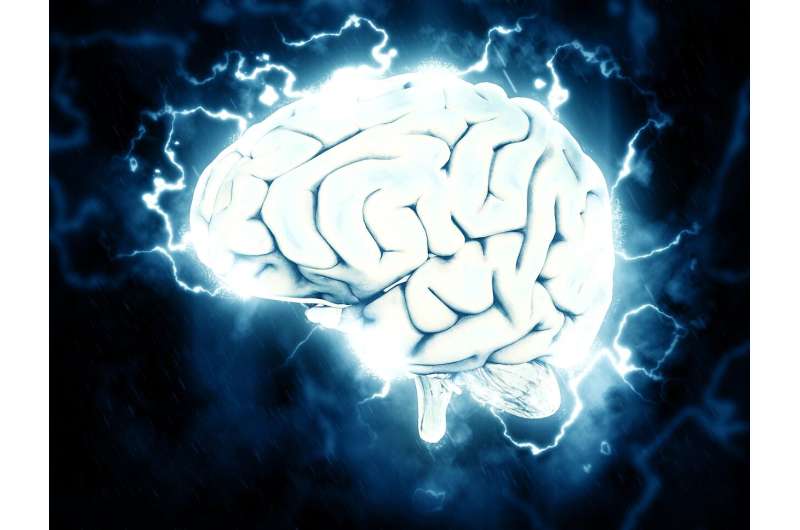Innovative Combination of Brain Stimulation and Speech Therapy Shows Promise for Language Restoration in Primary Progressive Aphasia

Primary progressive aphasia (PPA) is a neurological disorder characterized by a gradual decline in language skills, affecting individuals' ability to communicate effectively. Currently, there is no cure or medication capable of reversing or halting its progression. Typically, patients receive speech-language therapy aimed at maintaining communication abilities. However, recent research from the University of Arizona introduces a promising new approach that may enhance treatment outcomes.
The study explores the use of transcranial direct current stimulation (tDCS), a noninvasive technique that involves applying a low electrical current through electrodes on the scalp to stimulate specific areas of the brain associated with language. This method was combined with conventional speech therapy in a clinical trial to assess its effectiveness in treating the logopenic subtype of PPA, characterized by difficulty in word retrieval and sentence repetition.
Researchers conducted neuroimaging analyses to identify the brain regions most responsive to language and carefully targeted these areas, avoiding atrophied regions. Twelve participants with language deficits underwent two treatment phases: one with active tDCS paired with speech therapy and another with sham stimulation, with the order randomized and separated by a two-month break.
Results showed that all participants experienced improvements after both treatments; however, those who received active stimulation exhibited greater and more lasting gains. Specifically, they demonstrated reduced spelling errors, formed grammatically correct sentences, and produced more meaningful speech. The findings suggest that tDCS fosters neuroplasticity — the brain's ability to reorganize and forge new connections — thereby amplifying the benefits of speech therapy.
The researchers believe this approach holds significant potential for clinical application, especially since tDCS is inexpensive, safe, and easy to administer. Current plans include investigating genetic, cognitive, and neural factors that influence recovery, aiming to translate these findings into broader healthcare settings. This innovative combination represents a hopeful advancement for managing neurodegenerative conditions like PPA, challenging the misconception that progressive brain diseases have limited treatment options.
source: https://medicalxpress.com/news/2025-04-combining-brain-speech-therapy-language.html
Stay Updated with Mia's Feed
Get the latest health & wellness insights delivered straight to your inbox.
Related Articles
Genetic Circuit Insights Reveal How Cells Migrate in Aggressive Brain Cancer
New research uncovers how the YAP-TRIO genetic circuit drives cell migration in glioblastoma, offering potential targets for therapy and better prognosis tools.
groundbreaking milestone: First Patient Receives Personalized CRISPR Gene Therapy for a Rare Genetic Disorder
A groundbreaking milestone in personalized medicine: Children's Hospital of Philadelphia successfully treats a child with a rare genetic disorder using customized CRISPR gene editing, opening new horizons for targeted therapies.



